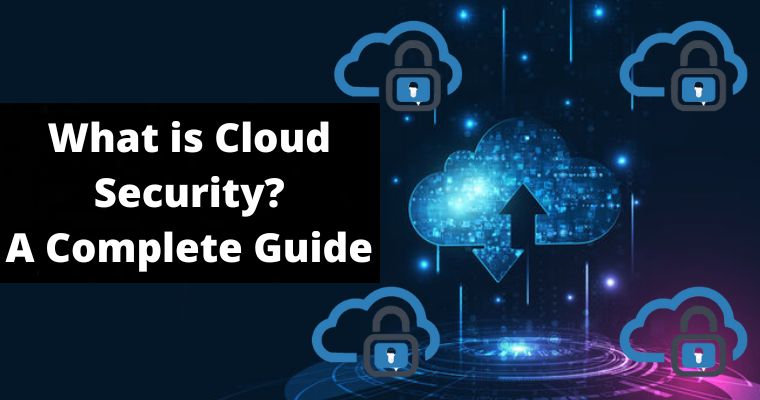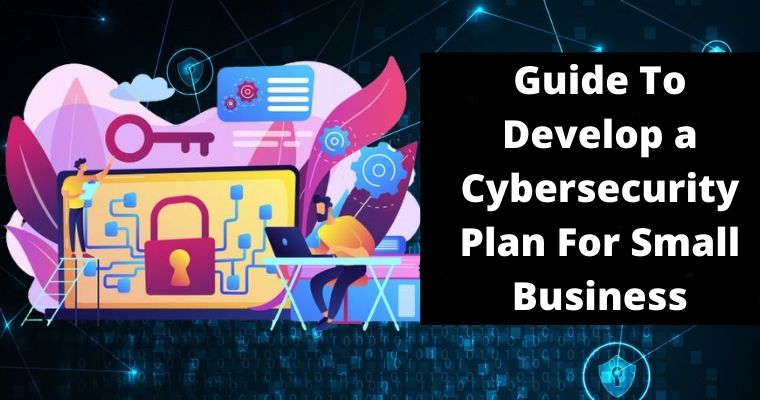Ransomware threats are not new to the online world nowadays. Unlike the early days when ransomware attacked users once in a while, currently, it bombards users with different versions & updates almost every day.
This is significant to know that ransomware threats are the actual threat of today’s time. Attackers are causing damage with their malicious codes & practices.
Therefore in the current situation users are also practicing a number of smart tactics to stop ransomware threats.
Ransomware attacks are on the rise, along with both the demands & payments. And with double (and triple) extortion methods being used, & Ransomware-as-a-Service becoming more popular.
I think it would be sensible to suppose that the difficulty will possibly get worse, before, or if, it gets better.
Certainly, we can train our employees to make sure that they know how to recognize potentially fake emails, and we can monitor and respond to irregular activities & network traffic, but, these approaches to preventing ransomware attacks are far from foolproof.
We should constantly prepare for the worst-case situation, which means developing an effectual strategy for rapidly responding to & recovering from ransomware attacks.
What Are the Common and Initial Signs of Ransomware Attacks?
Before we talk about ways to recover from a ransomware attack, let’s review the kinds of activities we can see once an attack has been started; as this will assist us to develop an event response plan.
Initially, since a ransomware application will search for, & encrypt the files on our network, there will be a point in disk movement, which will probably be accompanied by bad system performance.
We might also notice wary inbound and outbound network traffic, as the script sends data between the compromised system, & the Command & Control (C&C) Server.
We can find unofficial software installed on our systems, which the attackers will utilize to exploit vulnerabilities and conduct different inspection activities.
We might also observe security systems and backups being tampered with, and specific systems becoming unreachable.
Having the right tools in place to assist us to understand how the event unfolded will no doubt make it simpler to recover from a ransomware attack.
Best Practices & Tips to Recover from Ransomware
If you are reading this piece of writing, there’s an excellent chance that you have decided not to pay the money, or at least you are exploring other options. If so, this is fine, because paying the ransom is extremely risky.
Clearly, you have no idea if the attacker will really deliver on their promise to offer you the decryption key, & if they took copies of your data before initiating the attack, they will possibly use or sell the data without you knowing.
Also, paying the money could make you a possible target for potential attacks, & let’s not forget, you would also be funding illegal activities. With this in mind, what steps will you have to take to assist you to recover from a ransomware attack?
Let’s discuss a few steps to avoid ransomware attacks.
Take preventive measures
As a leading step take preventive events to stop ransomware from attacking you. These steps can assist you to protect your system in the first place. These defensive measures include the below-mentioned steps:
Use Ad Blockers
Many ransomware accesses your device through malicious ads. That’s why you should always use an ad-blocker while surfing the internet so that unwanted ads do not appear on your screen.
Install a trustworthy security suite
Most ransomware attacks occur through malicious links in emails & through poor websites. The anti-malware program can inspect & detect such spam emails & spiteful websites to stop them at the early stage.
Utilize software firewall protection with an excellent anti-malware program to make the second line of defense against some virus attack. This way you can lock your system without getting into problems.
Change browsing performance
This is a recognized fact that many virus attacks happen via malevolent links and infected websites. Thus changing browsing behavior can save your system from any invisible trouble.
Do not ever open links or emails which have an unfamiliar source as a sender. Do not open some lucrative ad or a different link to avoid your system from a possible ransomware attack.
Untrusted websites such as any pirated software download websites, illegal businesses, gambling websites, adult content websites, etc. Hackers basically attack through such websites.
Set system restores point
This is an effective step to keep your system secure against some possible data loss owing to a ransomware attack.
The system restore point almost takes the backup of all your significant files so that you can access that data in future eventualities.
Backup data
Take this protective measure to avoid some data loss in case of a ransomware attack. Take data backup at standard intervals. Take this backup on exterior drives or on cloud servers so that you can access & restore this data anytime anyplace you desire.
Keep your system updated
Several ransomware attackers target those computers which are not updated as these old systems stay prone to virus attacks.
This is significant to recognize that every update comes with certain bug fixes and safety updates against such malware attacks. So it becomes significant to keep your system up to date with the newest operating system (OS) updates.
Another significant step to follow is to avoid downloading pirated software as it can have malicious content. Constantly verify the source of the program you are downloading.
As most operating software developers need to register and digitally sign all their software. If you’re OS advises you about the unsigned program then better to cancel such fixing.
Beat ransomware
After practicing all defensive measures in case your pc gets affected by ransomware threats apply the below-mentioned steps to beat ransomware.
Disconnect from the network right away
Once ransomware or any other malware attacks your pc it further tries to fix its Command & Control servers for more instruction. To keep away from this situation, disconnect your pc from the network once you get to recognize the infection.
This means you can break the link between the infected system & the ransomware servers.
This means you can save other machines from getting infected too. Usually, ransomware takes a time to infect & encrypt your files so you can save your specific data from getting infected.
Analyze your event logs
You will have to check your event logs for some doubtful activity, which can help you decide both the source and status of the infection.
If you have a file audit solution in place, you must keep a look out for events where a big number of files were copied or encrypted, or if some privileged accounts have been accessed in an uncharacteristic manner.
The event logs might also assist you to recognize if your backups have been tampered with.
You must also look at your firewall logs to recognize doubtful inbound and outbound network traffic, & also check the logs associated with some IPDS, DLP, or SIEM solutions you have in place.
Test your backups
Set and test your backups to make sure that they haven’t been infected.
Reformat, reinstall and restore
Clean the infected devices and reinstall the OS. Once you have made this you can restore your data from the backup. It’s usually an excellent idea to do this offline, or at least on a changed network.
Prepare for the next ransomware attack
Although it might be hard to think about, your business will face one more ransomware attack sometime down the line.
Organizations can get ready for that possible attack by developing a disaster recovery plan. A disaster recovery plan needs that organizations get ready on a trade and technology level, which will allow fast recovery from ransomware attacks.
Ask the Experts
A number of the evident sign of ransomware attack comprise very slow system speed, unnecessary messages popping up, system hang & others.
When you see such a sign don’t wait to ask for professional help to prevent additional damage to your system. You can do your own research as well to keep your system protected and secure.
When we recognize the damage ransomware attacks can it becomes significant to take certain measures to stop such attacks? In fact, practicing defensive measures proves a better alternative when it comes to ransomware attacks.
There are extremely few methods available to decrypt files encrypted by these attacks.


